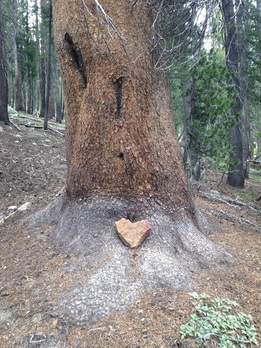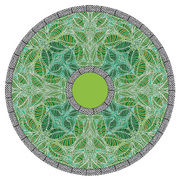 Marcy's Angel Flight to treatment
Marcy's Angel Flight to treatment Without reliance on the easy platitudes, the bargains, the distractions. To feel the pain of it all, the wonder of it all, the mystery that envelopes and perhaps even carries us all, if we can only glimpse it.
If we're to develop the muscles that enable us to live hearts-open/ hearts-broken, reading Andrea Carlisle's exquisite blog about life with her near-centenarian mother Alice should be required reading. A regular dose will do your soul good and teach you much about wrapping your arms around all of it: the pain and the joy of the full catastrophe of life.
This week, with Andrea's permission, I share a story of the ways Andrea and her mother honor and feed their relationship with sister Marla. Thank you, Andrea, for the fine example you offer to our grief-illiterate times.

by Andrea Carlisle (c) Go Ask Alice
Marla liked to play cards. Specifically, she liked to play a game called Go Fish. During her lifetime, we played many thousands of games of Go Fish.
You can play with two people. The rules are simple:
Deal six cards to each player.
One player asks the other for something she already has in her hand. For example, if I have a five in my hand, I may ask if you have any fives.
The goal is to accumulate pairs. The pairs pile up. Whichever player ends up with the most pairs is the winner.
If you have a card I ask for, perhaps that five I mentioned above, you must give it to me. I take it and put the two fives down together on my side of the table.
If you do not have the card I ask for, you tell me to “Go fish.”
The anniversary (36 years) of Marla’s death was on Monday. She died on my father’s birthday. He died twenty-one years after she did. Twenty-one sad birthdays.
A few days before the anniversary, Alice seemed to be on and off track about my sister’s life. She could remember some things, but not others, things I thought she would never forget. “Who put the deck of cards in Marla’s hands at her funeral?” she asked me one day. “Did you?”
Read the rest on Andrea's blog...





 RSS Feed
RSS Feed